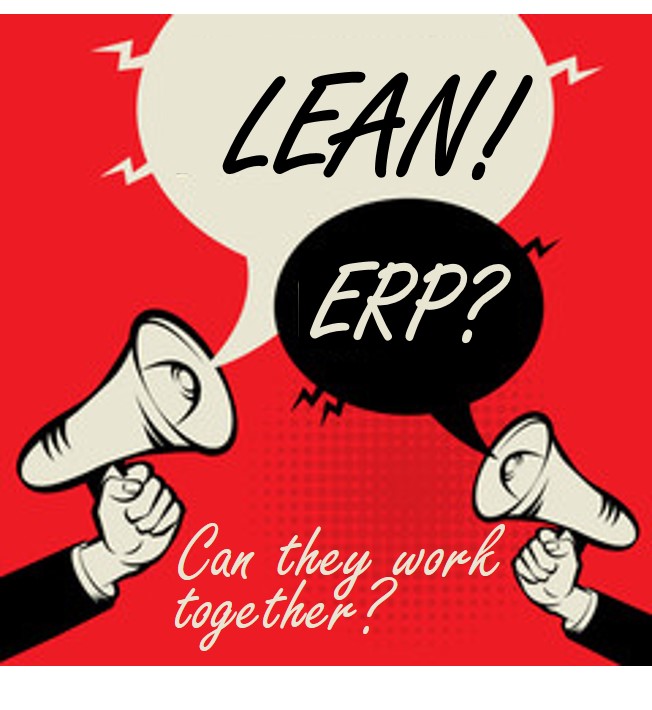Category: Lean Manufacturing
-

Finite Capacity Planning: The Key to Meeting Customer Expectations
Table of Contents In competitive markets, meeting customer commitments is critical. If resources like inventory, people, and equipment were always readily available, consistently delivering on time wouldn’t be such a challenge. The difficulty is that nearly all manufacturing operations have constraints. In this post, I will drill down into finite capacity planning, how it helps…
-

Kaizen vs. Kaikaku
Kaizen vs. Kaikaku: 2 Approaches to Lean Manufacturing That Can Transform Your Factory The Lean Manufacturing world is littered with new terminology, and given the discipline’s origins, it’s not surprising that some of these words and phrases are Japanese. Being “fluent” with these words to the point that you can bring them up in…
-

Why Data-Driven Manufacturing is Not Enough
Occasionally, someone will mix up DDM (Demand-Driven Manufacturing) with another DDM acronym in our industry: Data-Driven Manufacturing. There are similarities. For example, executing demand-driven principles relies heavily on data and shop floor visibility. However, it doesn’t stop there. In this post, we’ll take a look at Data-Driven Manufacturing and why it’s useful but not enough…
-

Going Lean: Should You Replace Your ERP System?
By Trey Jordan, Senior Software Consultant Enterprise Resource Planning (ERP) has been around for decades. You’d think, by now, the industry would have it figured out. Yet, every year, we hear news about ERP implementations that fail. For every one of these high-profile flops, there are many, many more implementations that simply fail to live…
-

The Pros and Cons of Consolidating Manufacturing ERP Systems
Managing operations through multiple manufacturing systems can be challenging, but it’s a daily reality for many manufacturers. In this post, we’ll look at the pros and cons of consolidating ERP systems – and propose an alternative. When Two Worlds Collide Whenever two or more organizations merge, they are almost always using different ERP systems.…
-

Three Ways Leaders Create Lean
Three Ways Leaders Create Lean “Relentless” leadership and team empowerment drive lean change For those of you who have heard this before, it bears repeating. For those of you who have not, this is important – leadership is the single most important component to lean success. It is exciting to talk about bottom-up change and…
